Need to break glue joint
bus_driver
18 years ago
Related Stories

BUDGET DECORATING15 Summery Decorating Ideas That Won't Break the Bank
Transport yourself seaside with a bit of paint or a few airy accessories
Full Story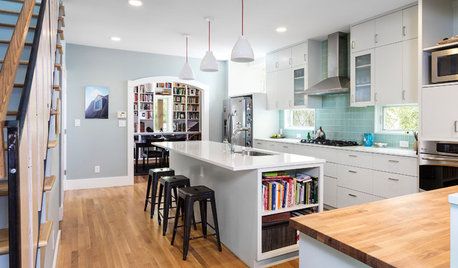
MOST POPULAR6 Kitchen Flooring Materials to Boost Your Cooking Comfort
Give your joints a break while you're standing at the stove, with these resilient and beautiful materials for kitchen floors
Full Story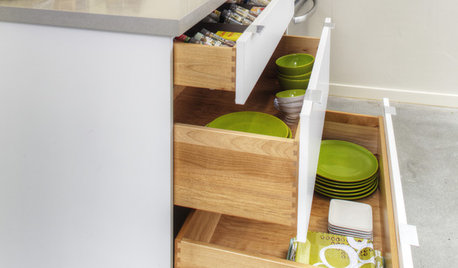
DESIGN DICTIONARYDovetail
This joint has its share of fans and forms a strong bond on wooden drawers, cabinets and more
Full Story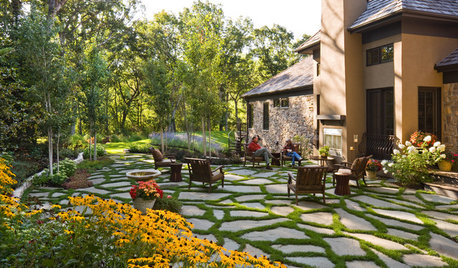
GARDENING AND LANDSCAPINGPatio Pavers Go Green in Between
Kind to the environment and easy on the eyes, pavers with moss or other foliage in the joints create a charming permeable hardscape
Full Story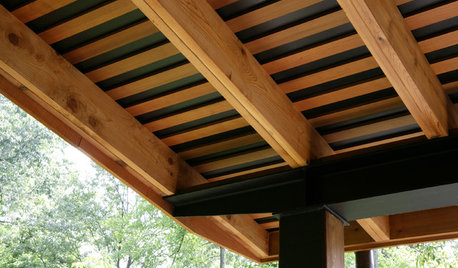
MATERIALSSteel Connections Make Strong Impression
Steel joints provide more than just industrial-strength architectural support; they add a mighty dose of character
Full Story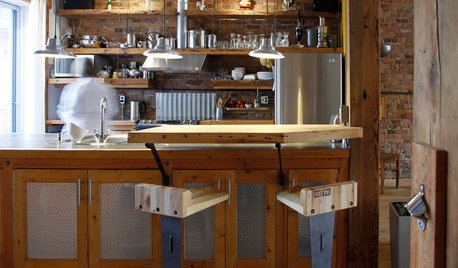
KITCHEN DESIGN11 Great Alternatives to Glass-Front Cabinets
You may just break up with glass when you see these equally decorative but less fragile cabinet options
Full Story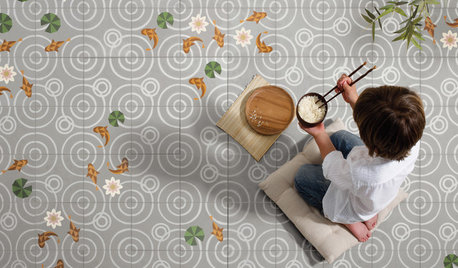
TILEWorld of Design: How Modern Geometric Designs Are Reinventing Cement
Intricate and eye-catching, the patterns of today’s cement tiles mark a break with their past while preserving an age-old technique
Full Story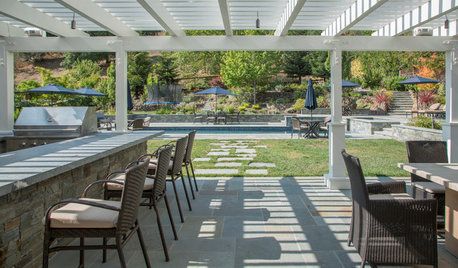
MY HOUZZMy Houzz: A Family Backyard for Dining, Relaxing, Swimming and Playing
A thoughtfully placed pool, paving and plantings break up a Northern California yard into 4 functional living spaces
Full Story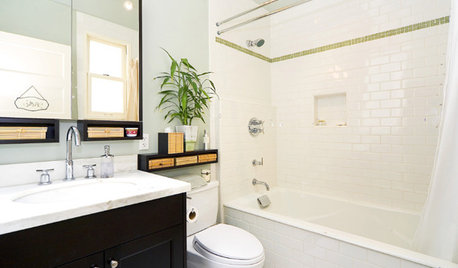
BATHROOM DESIGN7 Tile Tips for Baths on a Budget
How to Add Style to Your Bathroom Without Breaking the Budget
Full Story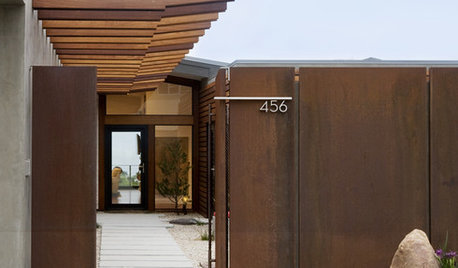
MOST POPULAR8 Things Successful Architects and Designers Do
Good architects tell a story and engage the senses. They understand the rules — and know when to break them
Full Story







Wayne_Georgia
bus_driverOriginal Author
Related Professionals
Aspen Hill Cabinets & Cabinetry · Needham Carpenters · Evergreen Park Carpenters · Anaheim Flooring Contractors · Apple Valley Flooring Contractors · Cedarburg Flooring Contractors · Dracut Flooring Contractors · Massapequa Flooring Contractors · Raytown Flooring Contractors · Reading Flooring Contractors · Redmond Flooring Contractors · Alpharetta Furniture & Accessories · Sudbury Furniture & Accessories · Temple Terrace Furniture & Accessories · Hillcrest Heights HandymanWayne_Georgia